
views
Playing 20 Questions

Choose one person to be “it.” This person is the "answerer" and responsible for choosing the objective for each round. The objective is the person, place or thing that the other players are trying to figure out. For example, the “person” can be living, dead or even a character from fiction. The “place” can be anywhere on the globe. The “thing” can be any inanimate object. The other players are the "questioners." Once decided, the answerer should not tell anyone what the objective is. Keep the number of players between 2 and 5 for best results.

Start asking questions. Once an objective has been chosen, the game can begin. The players take turns questioning the answerer. These questions must have simple “yes” or “no” answers. The answerer will keep track of the number of questions asked. The limit for each round is 20 questions. Sample questions: "Is it a mammal?" or "Is it bigger than a basketball?" or “Can you walk on it?” Any question that helps the players determine the objective can be asked.

Stop when 20 questions have been asked. If one of the questioners figures out the answer before 20 questions are used up, that person wins the round and gets to be the answerer in the next round. If no one has figured out the correct answer after 20 questions are asked, the answerer wins the round and gets to be “it” again for the next round. Each round takes approximately 5 minutes. If no one guesses the right answer after 20 questions are asked, the answerer should reveal the answer to the players before moving on to the next round.
Trying Other Games
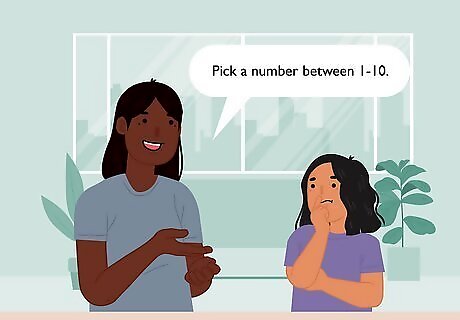
Ask someone to choose any number. If you’re playing with a child, it’s easier to have them choose a number between 1 and 10. Example 1: 8. Example 2: 43.
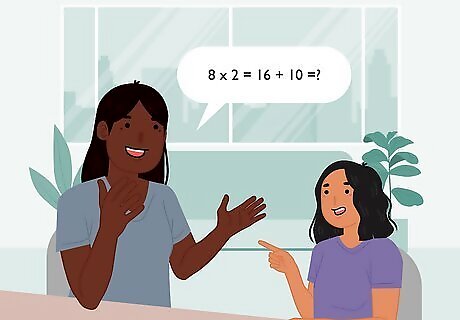
Have them multiple that number by 2 and then add 10 to it. Example 1: 8 x 2 = 16 + 10 = 26. Example 2: 43 x 2 = 86 + 10 = 96.
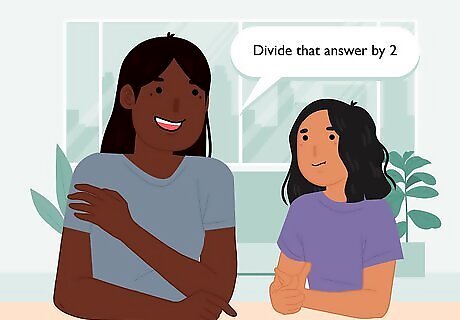
Ask them to divide that answer by 2. Example 1: 26 / 2 = 14. Example 2: 96 / 2 = 48.
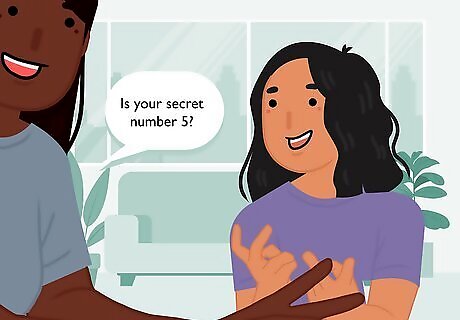
Tell them to subtract the original number they chose from that answer. Unless incorrect math has been performed, the answer will always be “5.” Example 1: 14 – 9 = 5. Example 2: 48 – 43 = 5. Respond with, "Is your secret number 5?"

Play the birthday game. Begin by asking someone to think about the last 2 digits of the year they were born. It should be someone you don’t know since the trick depends on you not knowing their birthday. Have them add that number to the age they’ll be at the end of the year. They can write it down on a piece of paper if that helps them do the math more easily. Make sure that they don’t let you see it. Example 1: Born in 1981. So 81 + 35 (age) = 116. Example 2: Born in 1999. So 99 + 17 (age) = 116.

Respond by asking them if their number is “116.” This will always be the case! The only exceptions are for people born in or after the year 2000. If you know or suspect that the person was born in or after the year 2000, the answer will always be “16” rather than “116.” Example: The birth year is 2003, so the last 2 digits of the year are 03. If the person adds the age they’ll be at the end of the year to that number, it will always be 16. In this case, a person born in 2003 is 13 years old. 03 + 13 = 16. Note that the invariable answer depends on the current year. In the year 2017, the answer will always be 117 (17 if born in or after 2000). In 2018 the answer will always be 118 (or 18), and so on.
Sharpening Your Skills

Pick the right person. When performing, don’t choose the person who’s overly excited at the prospect of being read. Also, avoid picking the super shy person hiding out near the back. Select someone who falls somewhere in between those extremes. This person is engaged and paying attention, but not jumping up and down with excitement. The people who are overly eager to participate are usually just seeking attention for themselves. You don’t want to perform with someone who is trying to upstage you. The very shy people don’t want to be involved and are generally not very enjoyable to perform with.

Pay attention to body language. Body language is nonverbal communication transmitted through movement. Certain movements can give you helpful clues about a person’s current mental state. This is very helpful when you're performing. For example, if someone is fidgeting with their hands, shaking their leg or tapping their toes, this usually indicates anxiety, irritation or boredom. Being able to read body language is a useful skill to have when you're playing other kinds of games, too. For example, card games. Good posture and standing up straight communicates confidence and alertness; slouching indicates shyness, sadness or a lack of confidence. Pay attention to your own body language as well. Stand up straight and look the person directly in the eye. Avoid fidgeting.

Monitor facial expressions. During a performance, watch the muscles around their eyes and mouth for clues. When the muscles around the mouth are pulled back, the eyebrows are lifted and/or the forehead is wrinkled, this usually means the person is afraid, nervous or lying about something. When you’re performing, remember these tips for yourself, as well. Control your facial muscles as much as you can so that you won’t give anything away. This skill is also very useful for card games. Avoid making any extra facial movements, such as eye rolling, that can communicate negativity and judgement.
















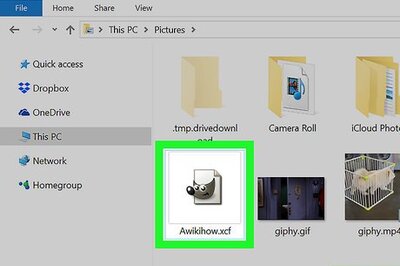

Comments
0 comment